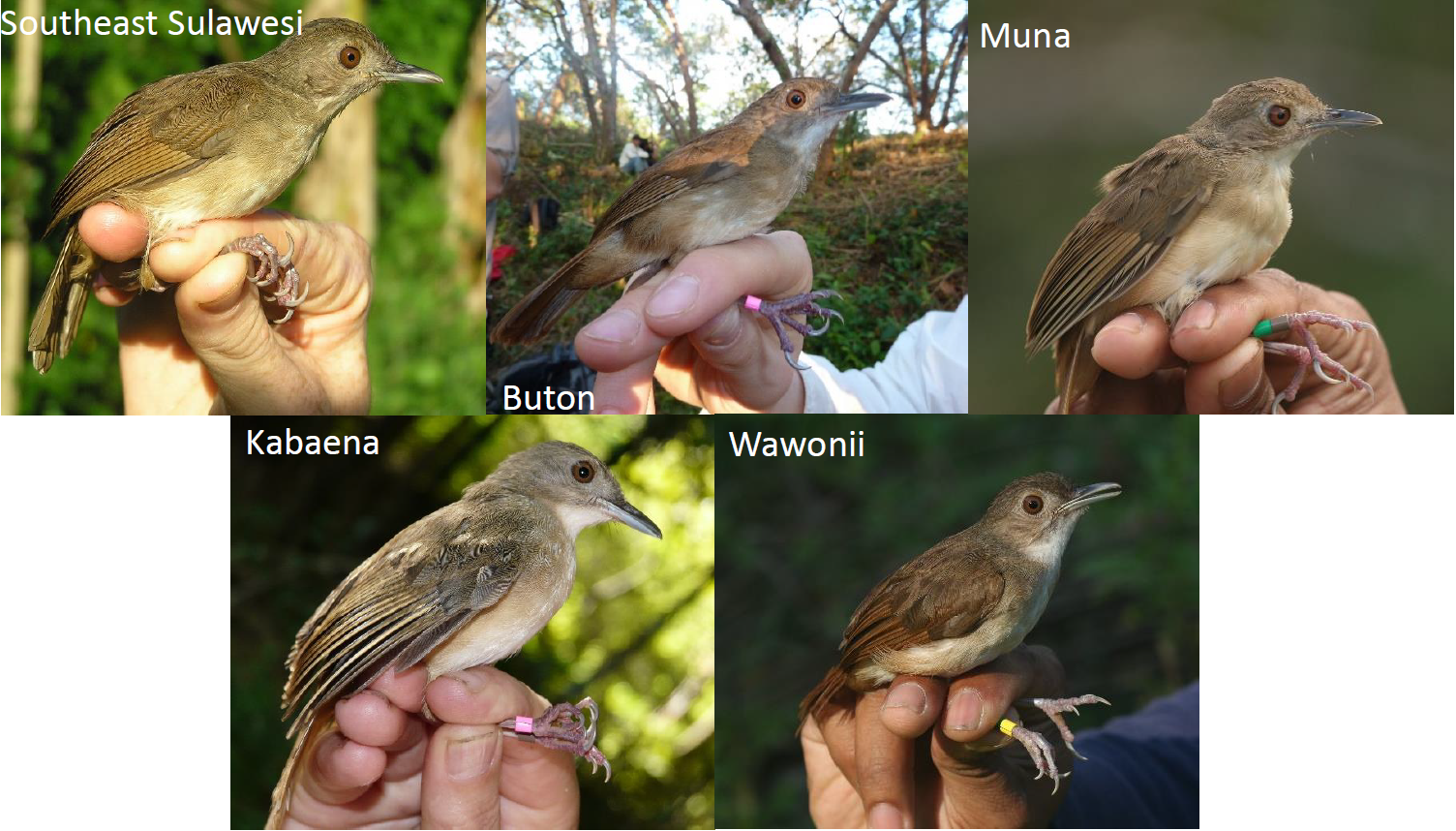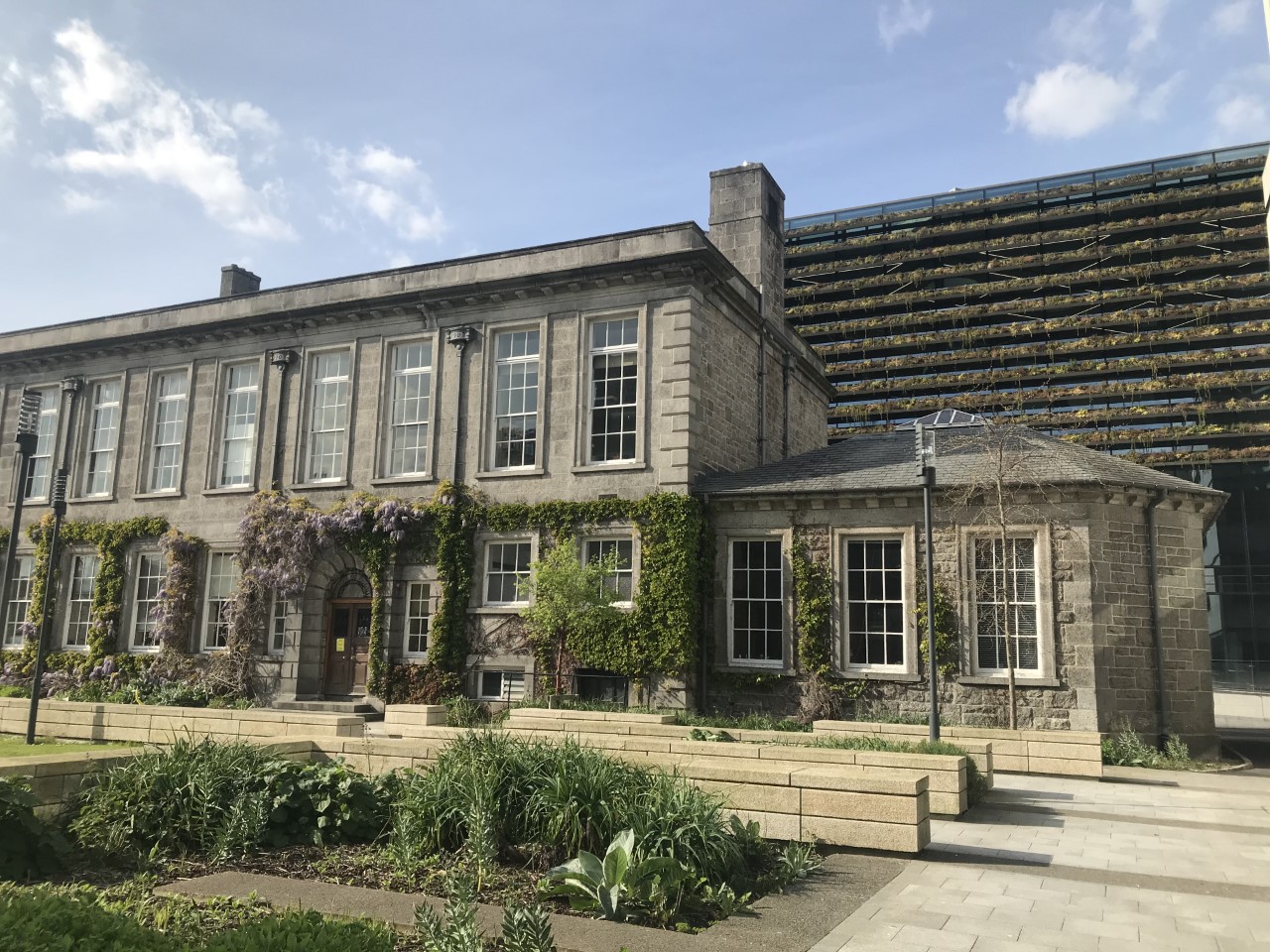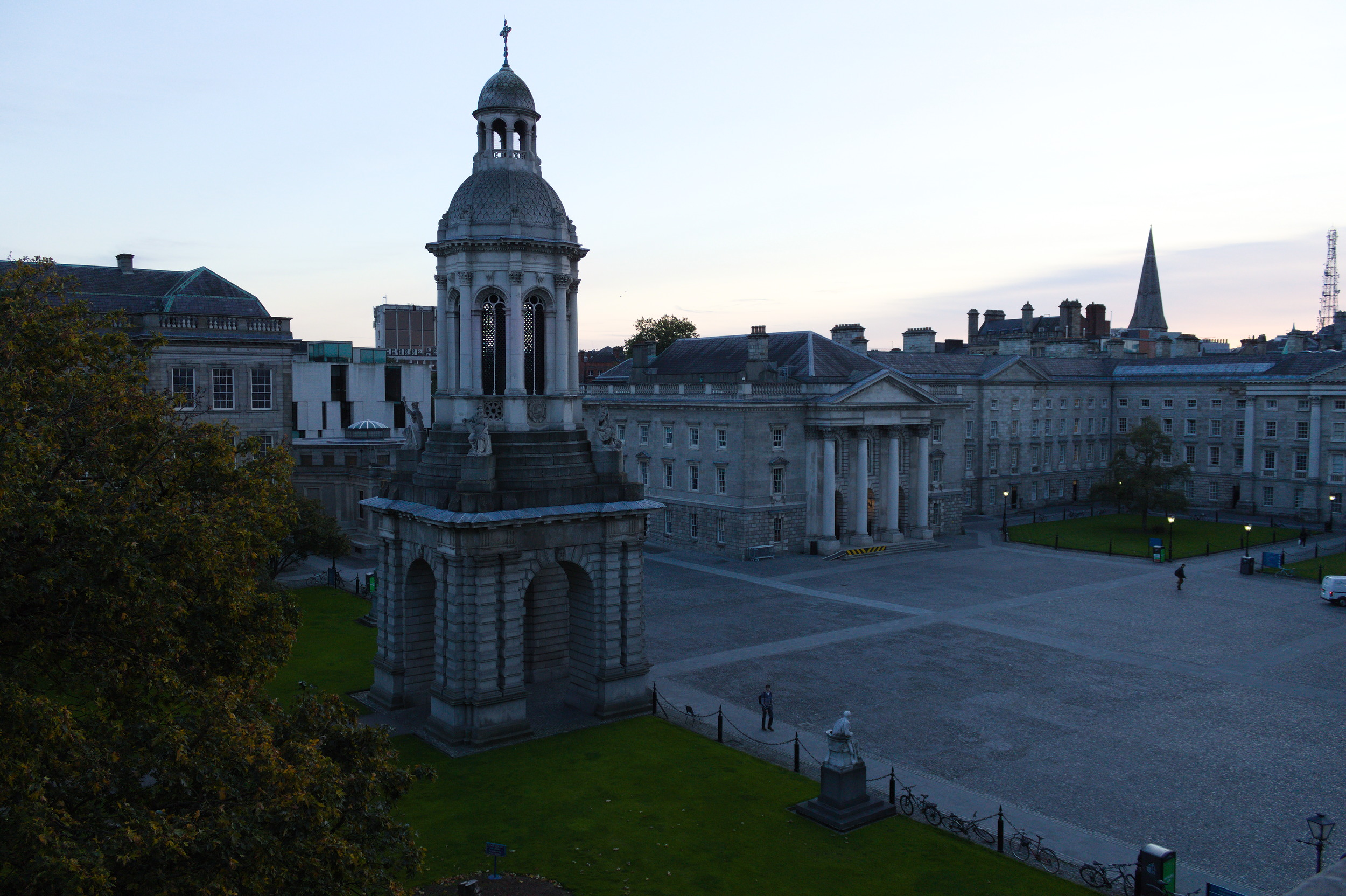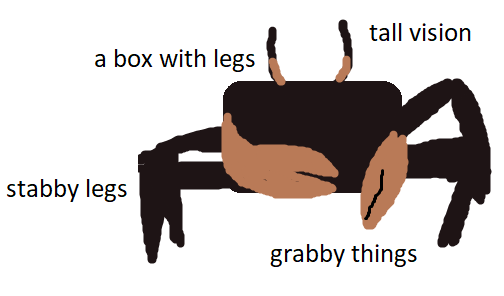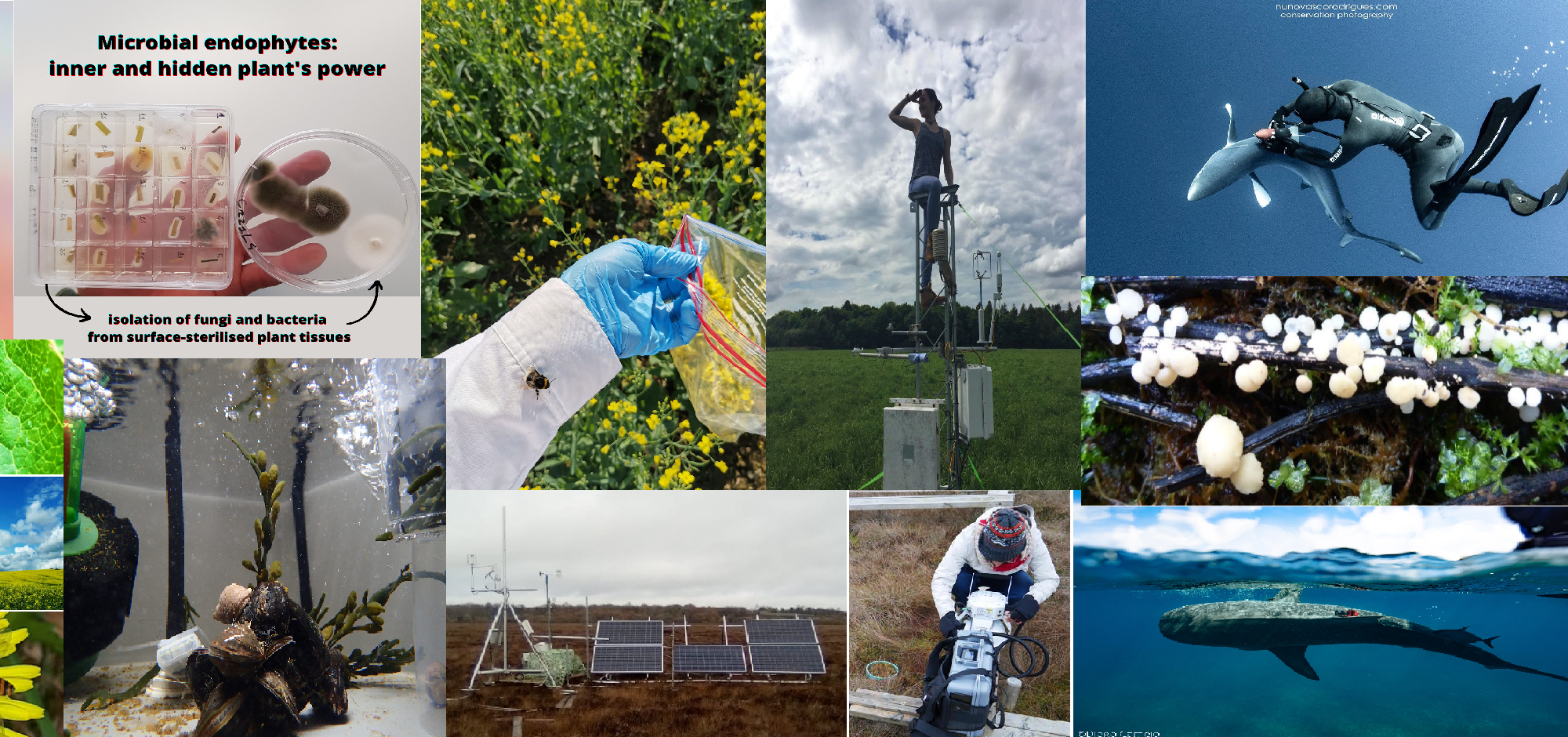What is the first image that comes to mind when you think of evolution? Possibly a line of cartoon primates marching, slouching monkeys at one end and naked men with spears at the other. Or a branching tree diagram where each twig represents an organism, maybe with a tentative “I think” scribbled above it. Alternatively, you may have pictured an illustration of related birds from isolated islands, each showing a dramatically different bill shape adapted to a different diet. Darwin’s Galápagos finches represent a foundational influence in terms of where we tend to look for signs of evolution and what we expect these signs to look like. Our new paper, just published Open Access in Zoologischer Anzeiger: A Journal of Comparative Zoology, provides a contrasting image. We looked at the Sulawesi babbler (Pellorneum celebense), a dull brown bird that spends its time hiding in bushes on less isolated islands in Indonesia, looking pretty similar from one island to the next. Nevertheless, we found that several of its populations are quite different from one another in mitochondrial DNA, in morphology, and in song.
Continue reading “Evolution in the understorey”Celebrating bees on World Bee Day – Getting to know them better!
The authors

Irene Bottero is a 3rd year PhD student in Botany (Trinity College Dublin). She is part of PoshBee project (https://poshbee.eu/) and in her thesis she is evaluating the impact of different habitat types on pollinators, specifically, honeybees, bumblebees, solitary bees, hoverflies, and butterflies.

Elena Zioga is a 3rd year PhD student in Botany (Trinity College Dublin). She is part of PROTECTS project (https://protects.ucd.ie/) and in her thesis she is evaluating the levels of pesticide residues in pollen and nectar of plants growing in Ireland.
Getting to know them better!
The 20th of May is declared as the ‘World Bee Day’ and its purpose is to acknowledge the importance of bee pollinators in our ecosystem. Animal pollinators play an important role in the reproduction of many plant species (90% benefit from animal pollination – https://onlinelibrary.wiley.com/doi/full/10.1111/j.1600-0706.2010.18644.x), including crops (crops pollinated by animals make up 35% of global food production – https://royalsocietypublishing.org/doi/10.1098/rspb.2006.3721), ensuring the abundance and good quality of fruits, nuts, and seeds, which are crucial for human nutrition. Beyond food, pollinators also contribute directly to medicines, biofuels, fibers (e.g. cotton and linen), and construction materials.
Continue reading “Celebrating bees on World Bee Day – Getting to know them better!”Happy World Tuna Day!!

This picture shows Atlantic Bluefin Tunas (ABFT) (Thunnus thynnus) bursting through the surface to feed; just off Donegal (Ireland). ABFT are warm-blooded fish which display many physiological adaptations to regional endothermy in order to warm up their red muscle and increase their swimming performance. Swimming without stopping for thousands of kilometers every year: from spawning in the warm waters of the Mediterranean Sea and the Gulf of Mexico to the cold and productive Irish, Icelandic and Norwegian waters. Such is the life history of adult ABFT. Indeed, tunas evolve in a vast habitat where food resources are scarce. The open ocean is the marine equivalent of a desert in terms of the distribution of food resources. To sustain their high metabolic rate, it is in the northern feeding grounds that adults access highly caloric prey such as herring, mackerel and scad. The incredible profile of these powerful fish tells us how crucial it is for them to swim efficiently and minimize their drag and transport costs through morphological and behavioural adaptations.
Tuna are obligate swimmers (ram ventilators), meaning they breathe passively by opening their mouth while swimming. This highlights the importance of such adaptations for the survival of these endurance champions. This picture also illustrates that ABFT are one of the best sprinters of the oceans. By maximising their energetic surplus through behavioural adaptations such as dive gliding when they travel or search for food, they are able to capitalise this energy into impressive speed burst events to catch prey. Reaching speeds of 6 to 8 m.s-1, their fast twitch white muscle allows them to lift their 200 kg out of the water!
Herbarium in Trinity College Dublin
A herbarium contains collections of dried, pressed and therefore preserved plant material. Herbaria are amassed primarily for the purposes of understanding plant evolution, biogeography and systematics but are also useful in very many other domains including, for example, pharmaceutics, climate change, ecology and conservation.
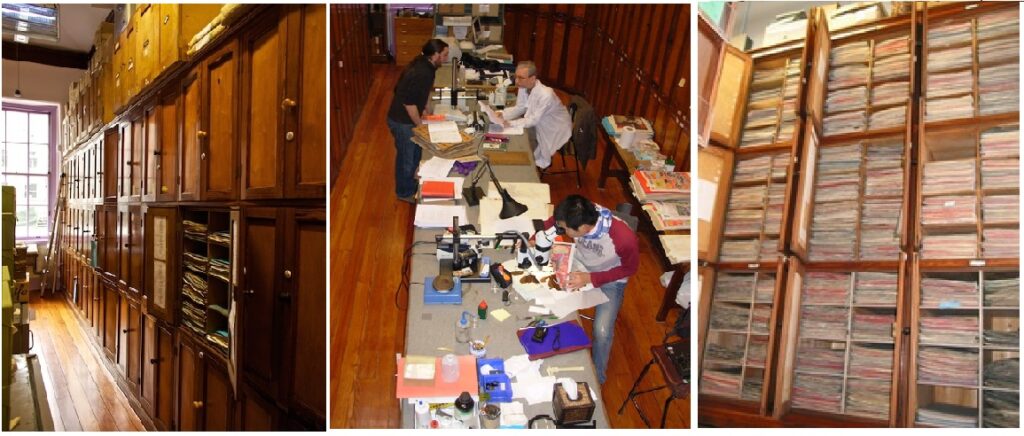
Whilst the TCD herbarium is internationally renowned it is perhaps not as well know as it should be inside the walls of TCD.
Continue reading “Herbarium in Trinity College Dublin”How green is your lab? Simple steps towards sustainable science!

Adopting green lab practices and rethinking research can significantly reduce a lab’s carbon footprint, and it’s needed now more than ever- here are some simple steps to take towards sustainable science today!
Continue reading “How green is your lab? Simple steps towards sustainable science!”Interview with the Speakers of the 2021 Botany/Zoology Postgrad Symposium
Last month the Botany and Zoology departments at Trinity held their annual Postgraduate Symposium. Research students from both departments present a talk on recent and upcoming projects for their thesis, and the whole event is run by the students themselves. This is a big event for Botany/Zoology postgraduates not just because they get to show off their work and discoveries to the college community – it’s also great practice for future events, and students receive feedback on their presentations both from other postgraduates and from lecturers and professors in the two departments. Developing your ability to communicate your research is a crucial skill for all scientists. After all, what’s the point in discovering things about the natural world if you can’t share that knowledge!
Continue reading “Interview with the Speakers of the 2021 Botany/Zoology Postgrad Symposium”The socio-economic theory of animal abundance
Where do animals live and why? These are some of the questions that ecologists are interested in. Sure, we can talk about patterns of abundance in an area in terms of abiotic or biotic factors or niche variation. But what if there’s more to animals than that?
What if a young animal is concerned not just about eating, being eaten and living to reproduce but also with their finances, housing, commute and social mobility? What if a larger or older individual lives where they live not because they can outcompete smaller individuals for limited resources, but because they have accrued greater capital over time and thus have higher purchasing power?
None of these questions are answered by current ecological theory. We need an alternative explanation for animal distributions and abundances. Here, I present to you the socio-economic theory of animal abundance. I illustrate this theory using the Australian ghost crab (Ocypode cordimana) as a case study.
Continue reading “The socio-economic theory of animal abundance”Picture your science
Today we are celebrating our science using pictures! Here below, you can find a collection of pictures from our PhD student and research staff from Trinity College Dublin who kindly participated in this initiative.
Continue reading “Picture your science”A Beginner’s Guide to Dietary Conservatism
Talking about your research interests can be stressful. After all, you’ve spent ages poring through the literature, devising experiments, developing a thesis, justifying your ideas for grants and in publications – trying to condense that into something appropriate for casual conversation (often with a well-meaning relative asking “what are you studying?”, shortly followed by “oh, what’s that?”) is a dangerous rabbit hole. It’s even more perilous when your research interest is something that’s virtually unknown even among other researchers in the field. Trying to explain something that niche to an audience can very quickly make you look quite mad. My research is on dietary conservatism. Hands up who’s heard of dietary conservatism?
Continue reading “A Beginner’s Guide to Dietary Conservatism”Science and the English Language
“Most people who bother with the matter at all would admit that the English language is in a bad way, but it is generally assumed that we cannot by conscious action do anything about it.”
So George Orwell began his 1946 essay Politics and the English Language, which is still relevant today as both a guide and a warning. Reading it now (the whole thing is available online courtesy of the Orwell Foundation), it strikes me that the decline Orwell saw in the English language might be blamed on science as much as politics. Three of his “five specimens” of poor writing come from academia (one of them written by a prominent zoologist), and many of the specific writing habits he criticises are ones I see regularly in modern papers. One of our recent “NERD Club” discussion sessions was based on Orwell’s essay and related topics, as we looked for the conscious actions that might help us to write clearly and accurately.
Continue reading “Science and the English Language”
